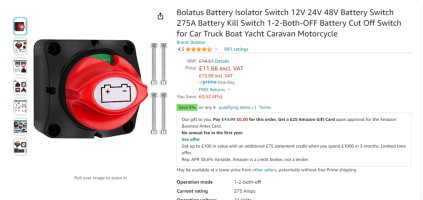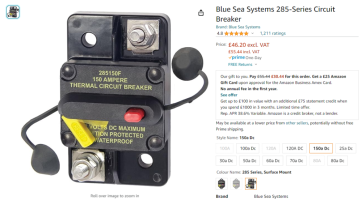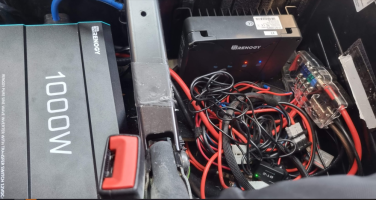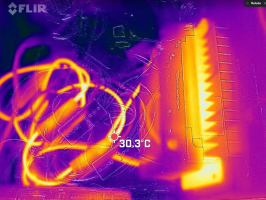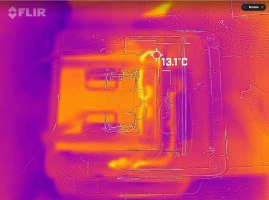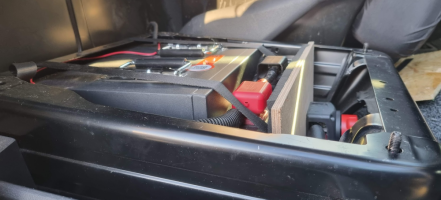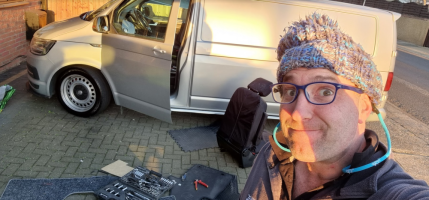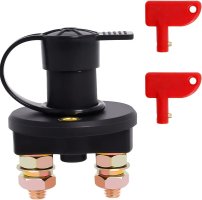Thanks to
@Dellmassive for his perseverance we received a reply from Renogy support today regarding my burnt out 50A unit. They were very apologetic but as the unit was well out of warranty they offered me a 6% discount on a future purchase.
I also received the new version 50A unit that I ordered the evening the old one failed. Good delivery direct from Renogy UK, no complaints on ordering service.
When I opened the box it was clear that they have made a number of changes to the unit. The first thing is that the rear heat sink is twice the size of the old one making the new unit much deeper than the old one. I am not sure if it will fit in the same location without modification.
The second thing is that in the box they have included both a solar MC4 fuse cable and a huge ANL 60A fuse holder and fuse.
Lastly the instruction manual is decidedly more detailed than the old one and includes a lot more information on cooling such as 6" of clear space above and below the unit. They also say the unit should be mounted vertically, in the old manual it could be flat or vertical.
The ANL fuse is one of those massive gold plated look at me ICE parts and I don't think it will fit in my system so will probably just use the old midi fuse again.
My system is already solar fuse protected at the back end near the panel so I don't need the supplied one but its nice to have it provided if you are building it up.
So conclusion, which is informed supposition is that my original version one unit overheated internally leading to component fail and burning, the 60A house battery supply fuse tripped as designed stopping the unit burning up even further. Probably as a result of a number of these failures Renogy seem to have upgraded the cooling and supported the installation of decent fusing to protect the unit and vehicle. The additional instructions support the way in which the unit should be fitted to improve cooling.
I can't be definitive about this as it doesn't work anymore LOL but I also think the firmware in the original unit doesn't support the Renogy Home app just the older app with no setting parameters.
When I get this one installed, if it fits I will dial down the amp output to try and reduce the heating. It will be fitted as the other one is at the front of the seat base vertically with the house battery behind it. There are some pictures of my install on my build thread, link below.
Thanks to
@Dellmassive for his input and a maybe some comfort to people like
@Cool Carlos who are fitting these units in their pride and joy.


